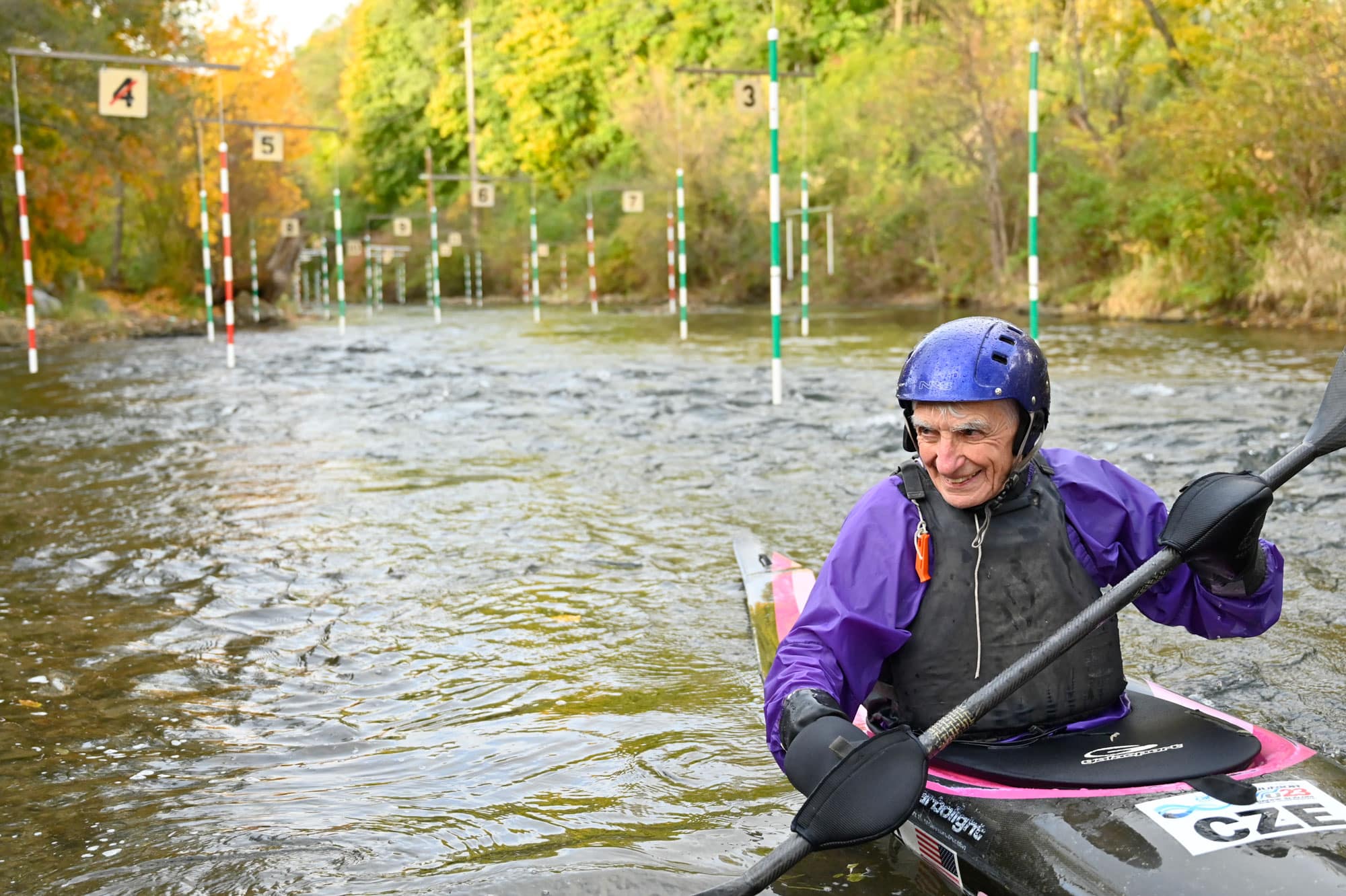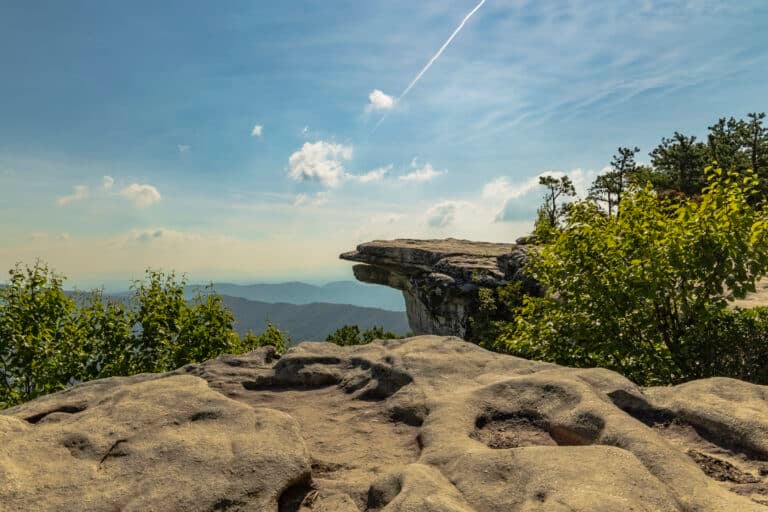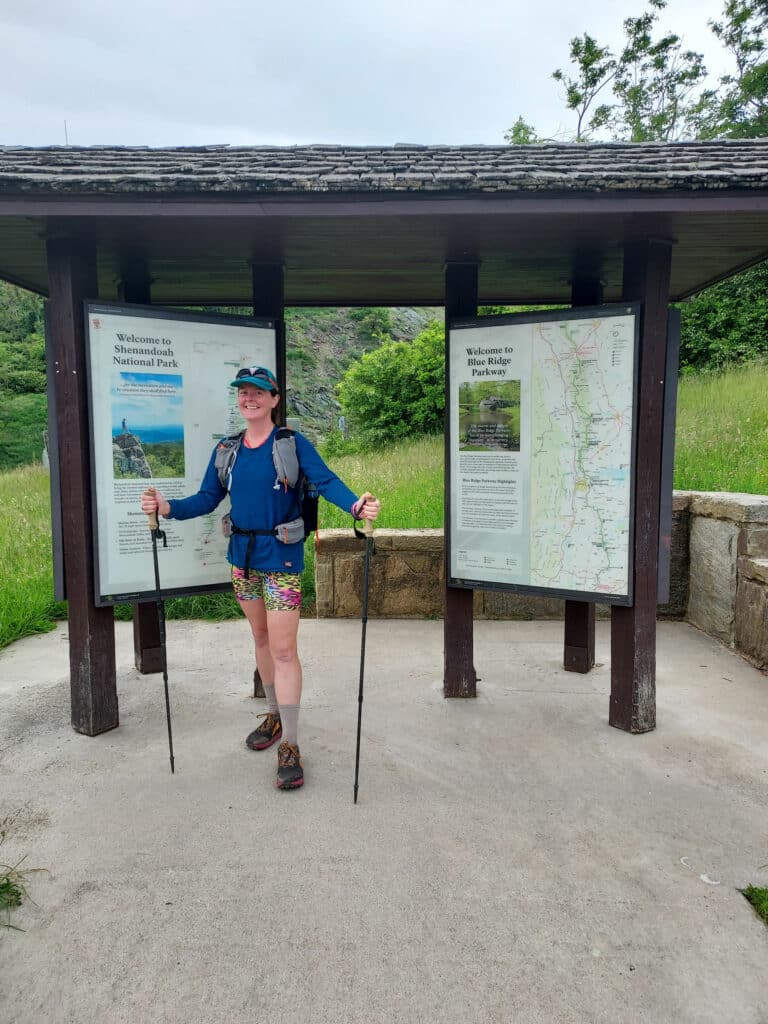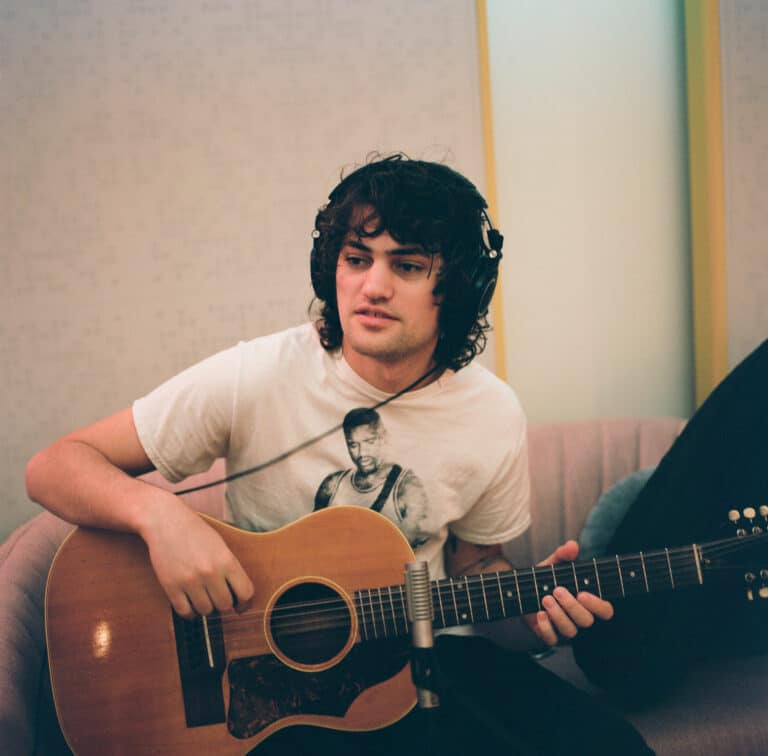At 91, Pennsylvania kayaking mentor Dave Kurtz is still teaching younger paddlers.
Pennsylvania to Idaho a long road trip, especially for a Honda Civic with hundreds of thousands of miles behind it.
It was the summer of 1996, and Robbie Fulton was 13 years old. He only started paddling a few months prior, in April, after a man came to his middle school in State College, Pa., and gave a presentation on slalom boating. That man was now behind the wheel, driving him to Idaho. His name was Dave Kurtz.
Kurtz was a coach. In central Pennsylvania, he was the coach, and Robbie had been taken by the pitch he delivered at his school. A few days later, Robbie reported to Bellefonte, Pa., climbed into one of Kurtz’s handmade slalom boats, and pushed off into the Spring Creek for the first time.
It was a disaster.
“I wasn’t in the water but 30 minutes and I flipped 15 times,” says Fulton. “Paddling really didn’t come natural to me. It took a lot of work and a lot of practice, but I loved it so much that I stuck with it and worked really hard to become the paddler I am now.”
Under Kurtz’s tutelage, Fulton worked hard. He learned. He improved. He still couldn’t roll, but his balance and strokes had progressed to a level where, by that summer, he was ready to compete at junior nationals in Idaho. Kurtz, Fulton, and another local boy loaded up the coach’s old Civic and set off across the torso of America. They had made it about halfway and were passing through a small Minnesota lake town when the car broke down.
Too far from either State College or Idaho, they could only wait. But there was a lake nearby, and thus, there was an opportunity. Kurtz and the boys pulled the boats from the decommissioned car and pushed out into the flat water. It would be a pivotal session for Fulton.
“Dave just took me out in middle of a lake and taught me how to roll out there,” he remembers. “Because every time I got out of the boat I had to swim to shore. After I think the third time of that, I learned how to roll.”
Both the teacher and student still paddle today, Fulton at age 39 and Kurtz at…91. The former is an environmental scientist, while the latter continues to coach, helping central Pennsylvania youth get into the area’s growing community of adult boaters.
“There are so many Dave Kurtz alumni paddlers in the State College area,” says Fulton. “I feel like we have this great little whitewater community in State College that probably wouldn’t exist without him.”
Kurtz arrived in State College for graduate school in September of 1954. His campus tour guide, a member of the Penn State Outing Club, invited him to come along for a river cruise that first weekend on the west branch of the Susquehanna. Kurtz accepted. It was the beginning of an era.
“I ended up paddling every weekend in 1954, and I haven’t stopped since,” says Kurtz
In the years that followed, Kurtz would qualify for four separate World Championships. He would take part in the first descent of the upper section of the Youghiogheny River. By hand, he built some of the first fiberglass-decked canoes in the United States. In 1964, he founded Sunnyside Paddling Park on Spring Creek, where he focused on coaching and mentoring aspiring paddlers.
Kurtz gained his first teaching experience through the Outing Club, and as the years progressed he developed his own system for coaching and branched out to working with State College youth. He estimates the number of Dave Kurtz alumni to be somewhere in the hundreds.
“I never married and had kids of my own, but one of the reasons I spend time coaching is that when these kids are with me, they’re my kids,” he says. “I’m responsible for them. I’m seeing how they react to interesting situations and how they learn to, well, be a good boater.”
The secret to his effective coaching is the fact that the sport did not come easily to him. He can relate to kids like Robbie Fulton who struggle to stay upright upon their first introduction to moving water.
“I was a slow learner, so it took me a while to learn some of the techniques of paddling,” Kurtz says of his early days with the Penn State Outing Club. “But, I went on a number of river trips back then, almost every weekend when they were offered. You build up some technique eventually so that you get better and you can handle more difficult water.”
Kurtz has founded several teams and instructional clubs, the most recent iteration being the Mach One Slalom Team, which he started in 2000 with the intention of working with teenagers on the technical elements of slalom competition. Kurtz’s assistant coach, 22-year-old Alden Henrie, is a Mach One product and one of the team’s strongest testaments. Like Robbie Fulton, Henrie struggled his first time in the water, but under Kurtz’s watch, he worked his way up the ladder of proficiency. Since his first introduction to the sport in the late aughts, Henrie has competed in two Junior World Championships and two U-23 World Championships. He made his third and final U-23 championship appearance this past August in Poland.
“If it wasn’t for Dave, if it wasn’t for the slalom course in Bellefonte that he first put up, there wouldn’t have been anyone from central PA getting anywhere close to being able to compete on the national slalom team,” says Henrie.
Kurtz’s work extends beyond the riverbanks. He recently put the finishing touches on a paddling museum that will open soon near Spring Creek and he has plans for a new Mach One Clubhouse overlooking the slalom course. It’s a plateful, but he doesn’t let it cut into his coaching time. Take a trip out to Spring Creek on any given day and you will find the 91-year-old coach whisking across the water in a boat of his own design, weaving through the slalom gates as if he were a 22-year-old graduate student. Teaching, but still learning. The river is his classroom and nothing, not projects nor age nor Minnesota marooning, will keep him from it.
Cover photo: Photo by Luke Vargas.








